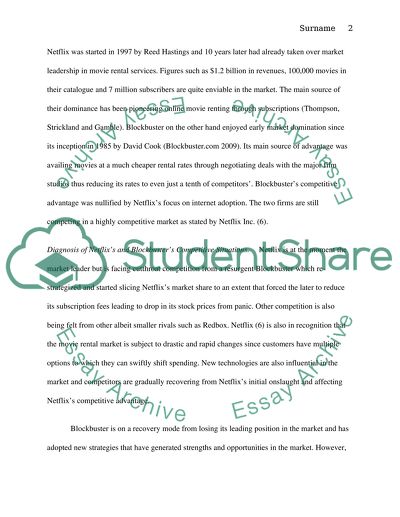Cite this document
(Marketing Strategy - Netflix versus Blockbuster Case Study, n.d.)
Marketing Strategy - Netflix versus Blockbuster Case Study. Retrieved from https://studentshare.org/marketing/1581704-major-problems-and-issues-of-an-organization-analyzed-through-a-case-study
Marketing Strategy - Netflix versus Blockbuster Case Study. Retrieved from https://studentshare.org/marketing/1581704-major-problems-and-issues-of-an-organization-analyzed-through-a-case-study
(Marketing Strategy - Netflix Versus Blockbuster Case Study)
Marketing Strategy - Netflix Versus Blockbuster Case Study. https://studentshare.org/marketing/1581704-major-problems-and-issues-of-an-organization-analyzed-through-a-case-study.
Marketing Strategy - Netflix Versus Blockbuster Case Study. https://studentshare.org/marketing/1581704-major-problems-and-issues-of-an-organization-analyzed-through-a-case-study.
“Marketing Strategy - Netflix Versus Blockbuster Case Study”, n.d. https://studentshare.org/marketing/1581704-major-problems-and-issues-of-an-organization-analyzed-through-a-case-study.


